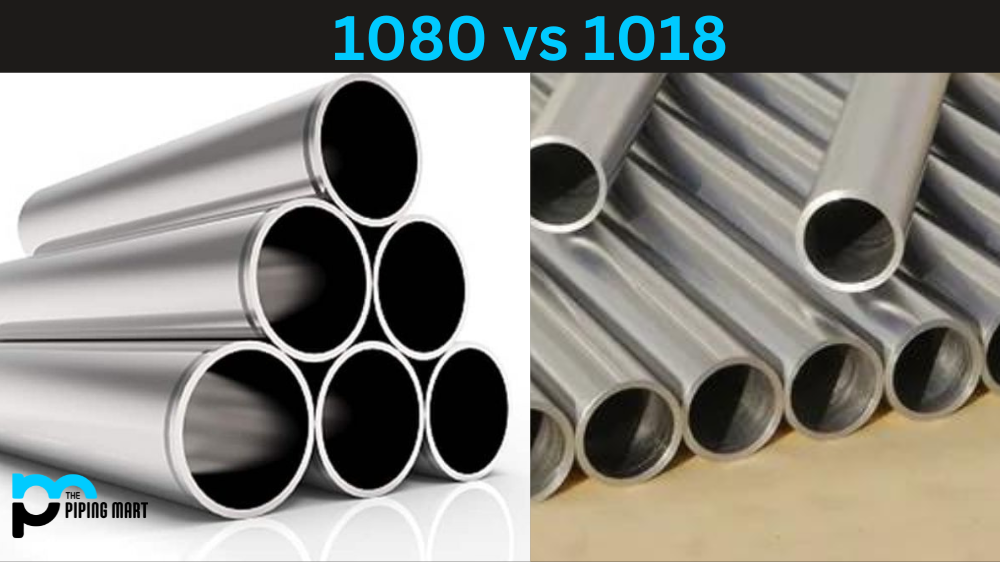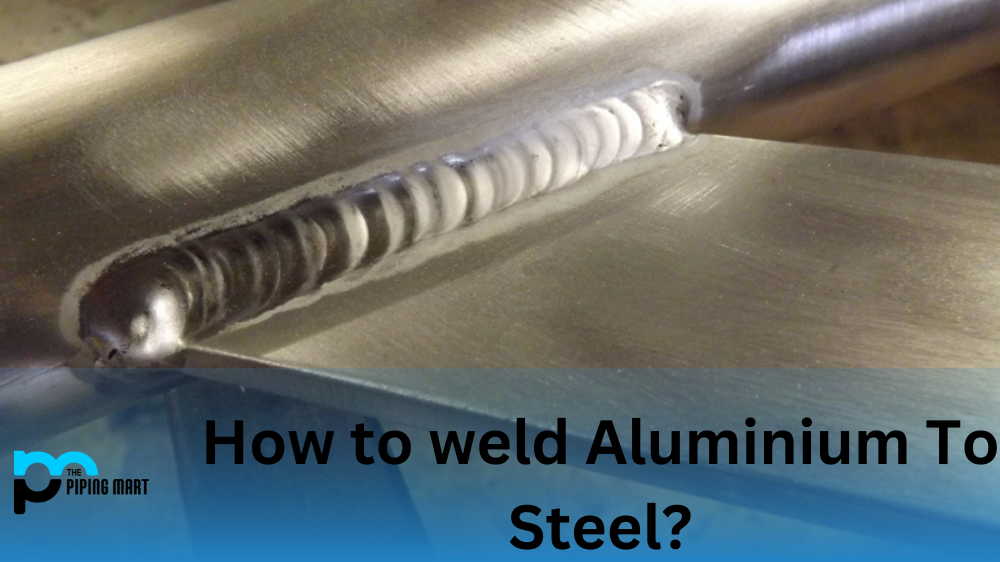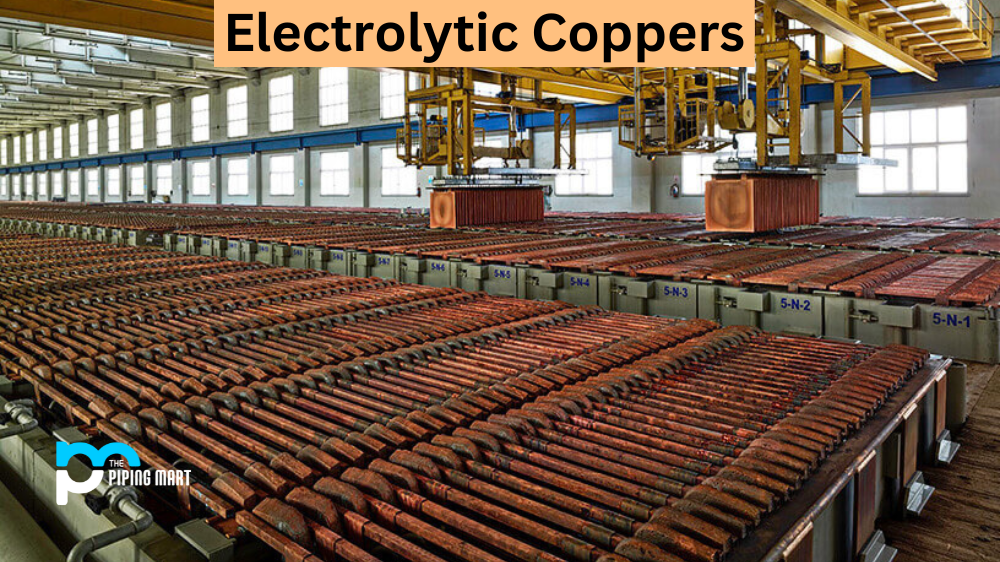Steel is one of the most widely used materials in construction and manufacturing. It’s often the go-to material for engineers because of its strength, durability, and versatility. Different types of steel, such as 1080 and 1018, are popular choices for steel projects. However, which one should you choose for your next project? This blog post explores the differences and similarities between 1080 and 1018 to help you make an informed decision.
Difference Between 1080 and 1018 Steel
Composition
The primary difference between 1080 and 1018 is their composition. 1080 steel contains around 0.80% to 0.94% carbon, making it one of the high-carbon steels. Therefore, it’s more challenging and complex than 1018 steel, which only contains 0.18% to 0.23% carbon. The higher carbon content makes 1080 ideal for creating blades, springs, and other high-impact tools that need durability and strength. It’s worth noting that high-carbon steel requires proper heat treatment to avoid brittleness.
Iron Content
Apart from carbon content, there is a difference in iron content between 1080 and 1018 steel. 1018 steel is low-carbon steel with a more significant iron content than 1080 steel. Due to less carbon, the 1018 steel is highly weldable and more accessible to manipulate than the 1080 steel. 1018 Steel’s good ductility and weldability make it a preferred option for constructing automotive parts, nuts, machine parts, bolts, and screws.
Uses
The kind of project you’re working on will dictate the type of steel required. 1080, high-carbon, tougher, is best for applications requiring strength and durability, such as knives, swords, scissors, etc. On the other hand, 1018 steel is more versatile. It can be manipulated into different shapes and used in various projects, including construction, automotive parts, bolts, nuts, and machine parts.
Properties
1080 steel is known for its high hardness, wear resistance, and toughness. It also has good ductility and can be easily welded and machined. 1018 steel is known for its good weldability, machinability, and toughness. It also has good flexibility and can be easily formed into various shapes
Cost
Cost is a crucial factor that must be considered. Generally, 1080 steel can be more costly due to its higher carbon content, making it stronger and more rigid than 1018 steel. On the other hand, 1018 steel is less expensive, making it an excellent option for those with tight budgets who still require reliable and durable steel for their projects.
Conclusion
In conclusion, while 1080 steel is much more complex and durable than 1018 steel, its high carbon content and brittleness can offset its strengths in certain situations. 1018 steel, on the other hand, makes up for this brittleness by being more versatile and easy to manipulate, producing quick and efficient manufacturing outcomes, and using less capital. Ultimately, the choice between 1080 and 1018 steel depends on the intended use, project size and budget. Consult an expert to determine which type of steel is best suited for your project. Always remember that the quality of the end product depends on the quality of raw materials used, so choose wisely.

A passionate metal industry expert and blogger. With over 5 years of experience in the field, Palak brings a wealth of knowledge and insight to her writing. Whether discussing the latest trends in the metal industry or sharing tips, she is dedicated to helping others succeed in the metal industry.




